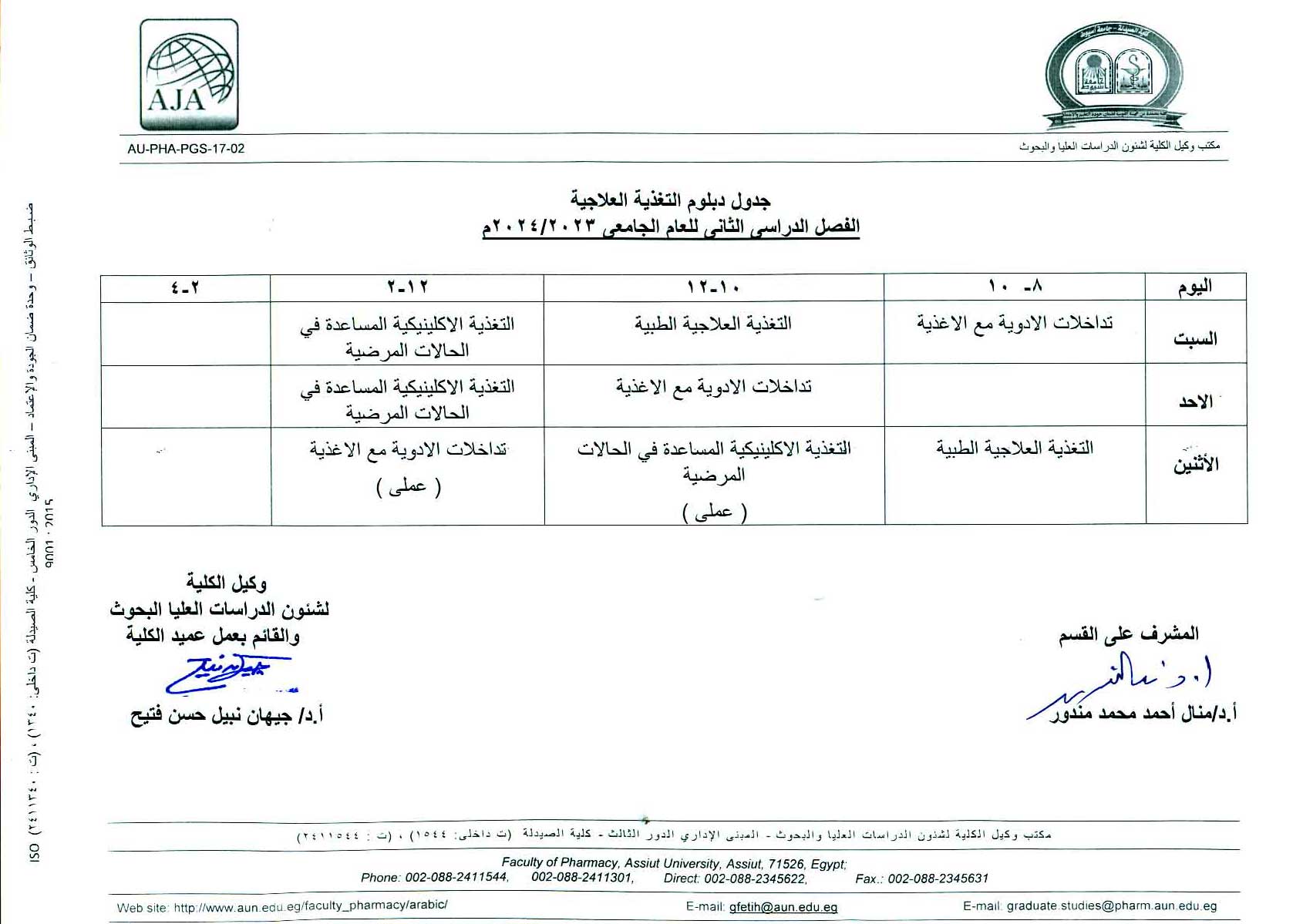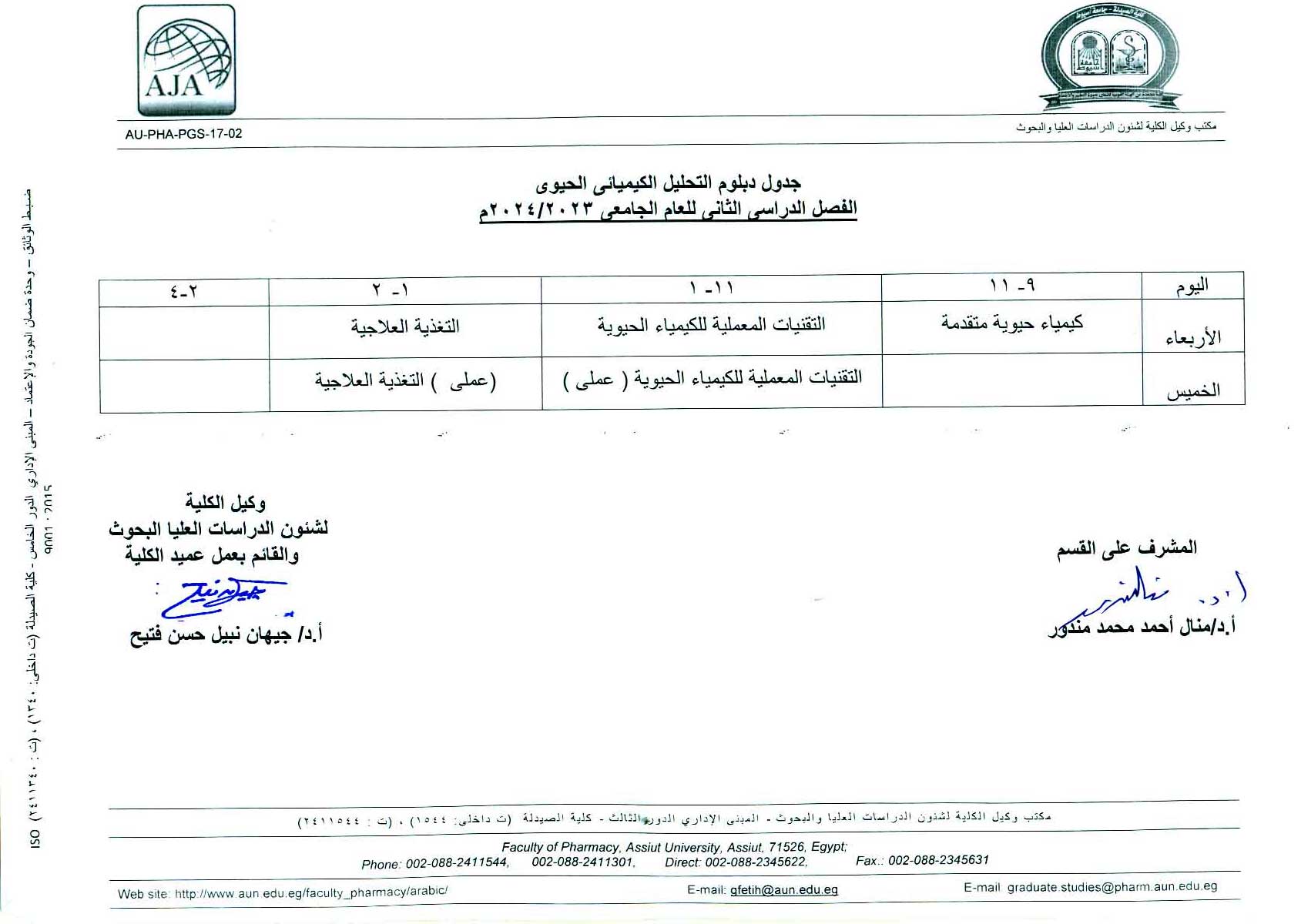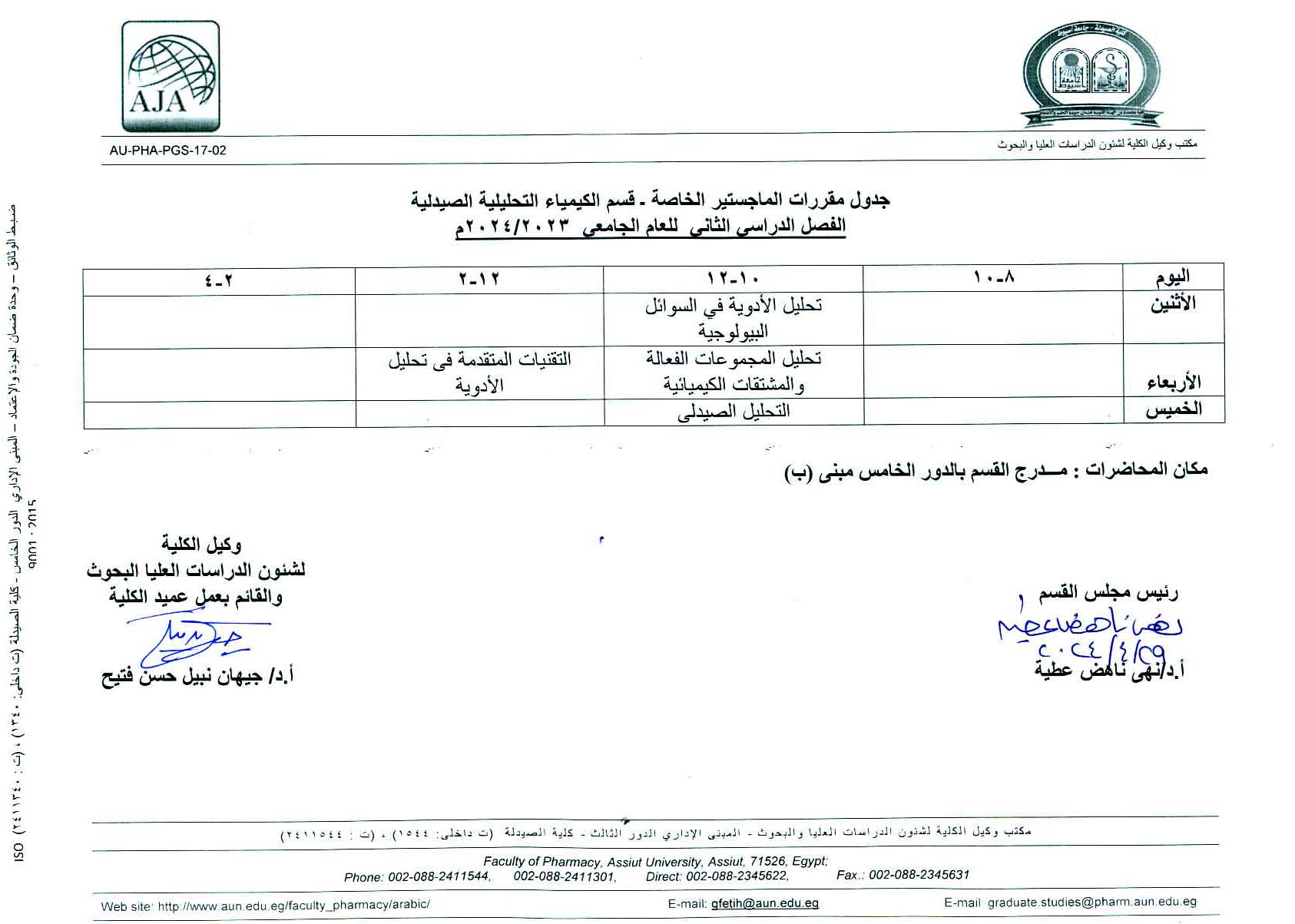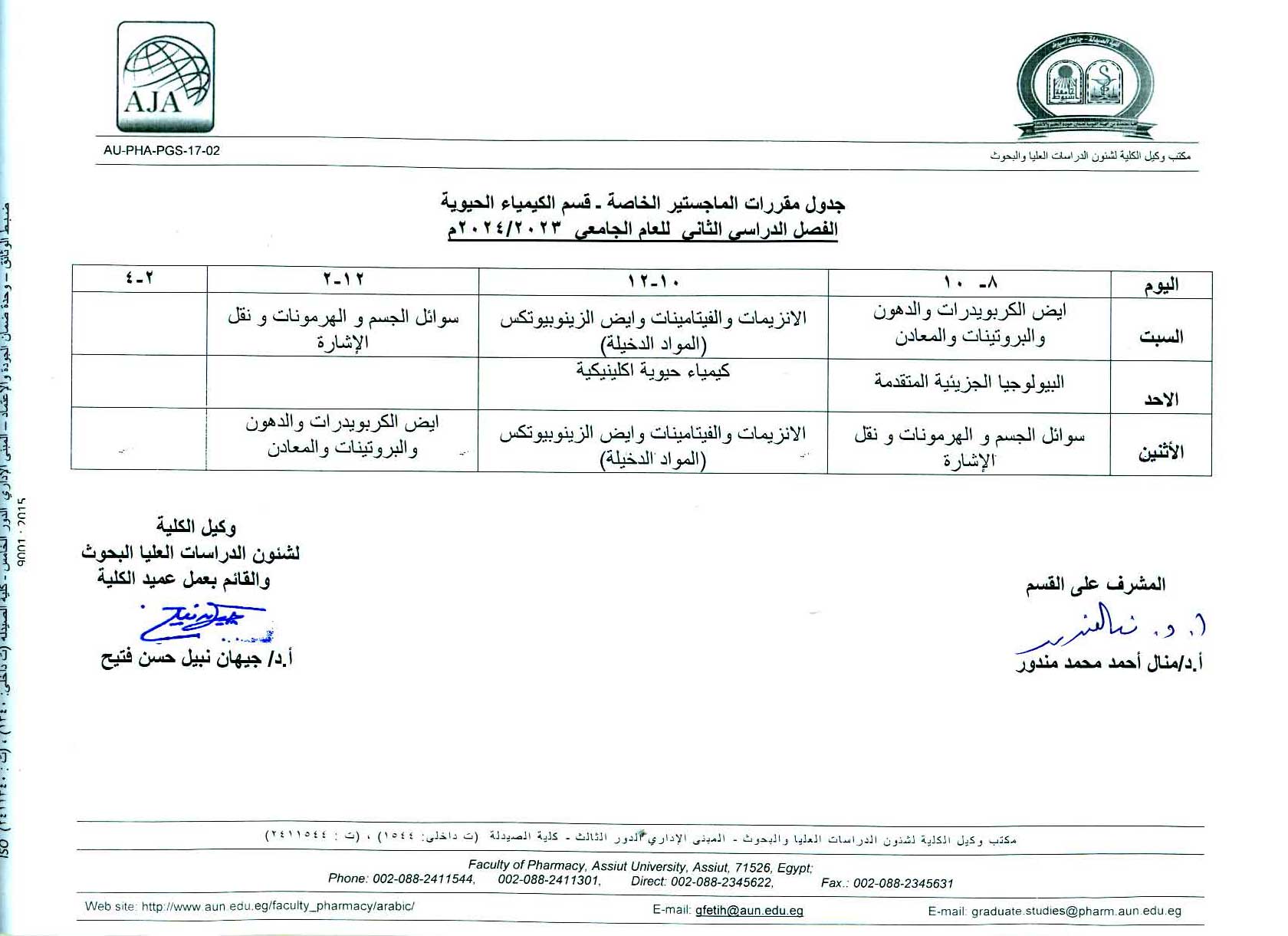Convenient electrochemical and fluorometric dual-mode estimation of diosmin using carbon dots doped with nitrogen derived from chicken feet biowaste
Herein, new carbon dots doped with nitrogen (N.C-dots) were fabricated from chicken feet bio-waste via facile pyrolysis method. It was utilized to determine diosmin (DIS) fluorometrically and electrochemically (dual-mode). Its fluorescence emission was decreased after DIS addition as a result of inner-filtration effect (IFE). In addition, DIS exhibited a redox activity on the carbon paste electrode (CPE) decorated with N.C-dots (N.C-dots/CPE), enabling its detection via electrochemical method. Different techniques were used to characterize the sensing interfaces. There was a linear decrease in the fluorescence emission of N.C-dots at λem. = 430 nm with increasing the amount of DIS over the range of 0.01–0.6 µg mL−1, while there was a linear increase in the oxidation current (Ipa) of DIS with increasing its amount over the range of 0.1–12 µg mL−1. The detection limits (LODs) were calculated to be 3.12 ng mL−1, and 32.91 ng mL−1 for the fluorometric and electrochemical methods, respectively. The as-synthesized sensor possesses many advantages including simplicity, cost-effectiveness, long-term stability, excellent sensitivity, and good selectivity. These advantages enabled the sensor(s) to be applied successfully for the dual-mode detection of DIS in human plasma samples with acceptable results.



















